Tag: Featured
-
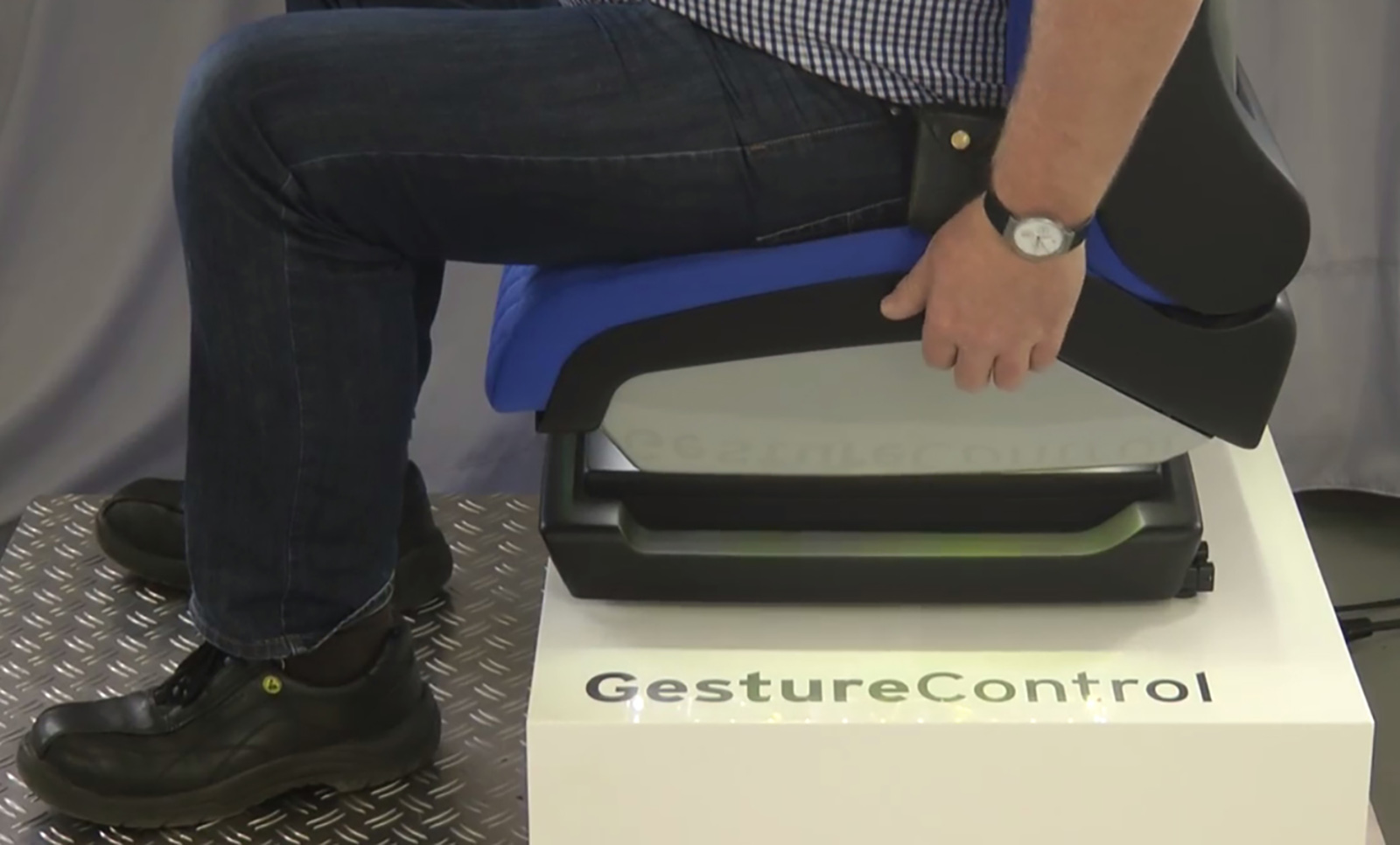
Gesture controlled driver’s seat improves ergonomics
The Fraunhofer driver’s seat is adjusted with hand gestures to optimize ergonomics and prevent spinal strain. Pressure responding piezoensors are integrated into the side of the seat to activate the motion controlled system. Seat positions can be stored. Proximity sensors detect changes in electrical fields, as triggered by hand motions. Software interprets the data and determines the hand’s…
-
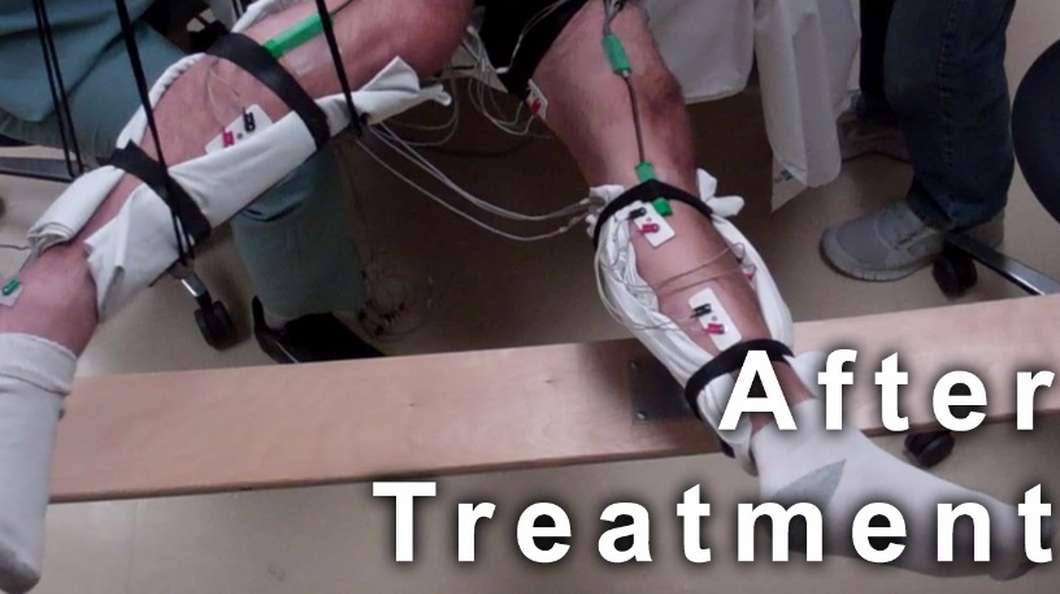
Paralyzed patients move legs with non-surgical stimulation
UCLA and Pavlov Institute‘s transcutaneous stimulation technique helped paralyzed patients regain voluntary movement without surgery. In a recent study, 5 men, who had been paralyzed for 2-6 years, moved their own legs (with out stimulation) after several weeks of electrical stimulation, physical therapy, and an experimental drug. Transcutaneous stimulation delivers electrical current to the spinal cord,…
-

Jack Young interview at Wearable Tech + Digital Health NYC 2015
Startup Health‘s Unity Stoakes did a series of interviews at ApplySci’s recent Wearable Tech + Digital Health NYC 2015 conference. Here is his discussion with Jack Young, General Partner at dRx Capital and Head of the Qualcomm Life Fund. Click to hear Jack’s thoughts about the future of wearables, venture capital strategy in healthcare, and the…
-

Sensor pill for 3D colon imaging
Check Cap, developed by Yoav Kimchy, is a colon imaging sensor pill. A patient takes small amounts of a contrast agent with meals. The pill is swallowed, and after reaching the colon, a signal is emitted in every direction, providing 3D imaging. The data is sent to a wireless patch worn by the patient, and his/her doctor receives…
-
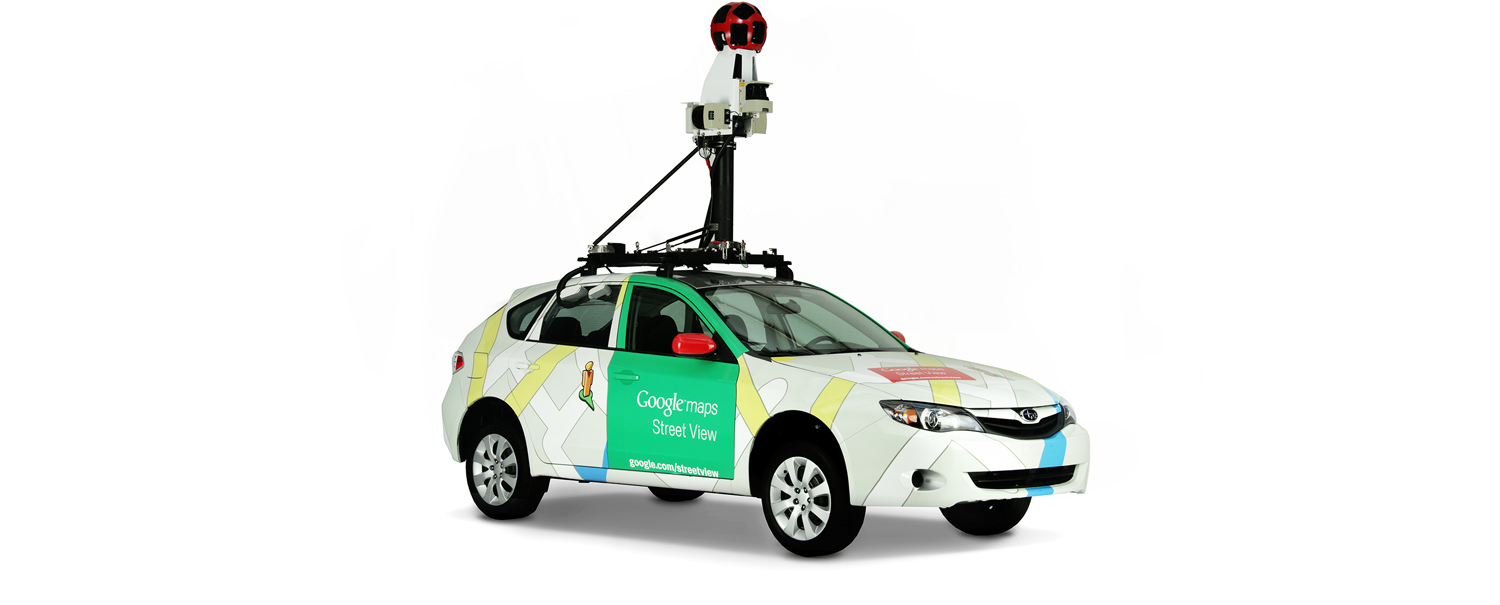
Street View cars map health-impacting pollutants
Google has partnered with Aclima to map urban air quality through Street View cars. Mobile sensors on the cars will measure nitrogen dioxide, nitric oxide, ozone, carbon monoxide, carbon dioxide, and other pollutants that can affect health. A experiment was conductedin Denver. The cars drove for 750 hours, over 30 days, and gathered 150 million…
-

Deep neural networks for face recognition in darkness
Karlsruhe Institute of Technology researchers have used the heat from one’s face to enable facial recognition in darkness. Thermal imaging creates an infrared picture, which can then be matched to a photograph taken in the light. In a recent study, a “deep neural network” accurately identified faces in the dark 80 percent of the time when shown a…
-
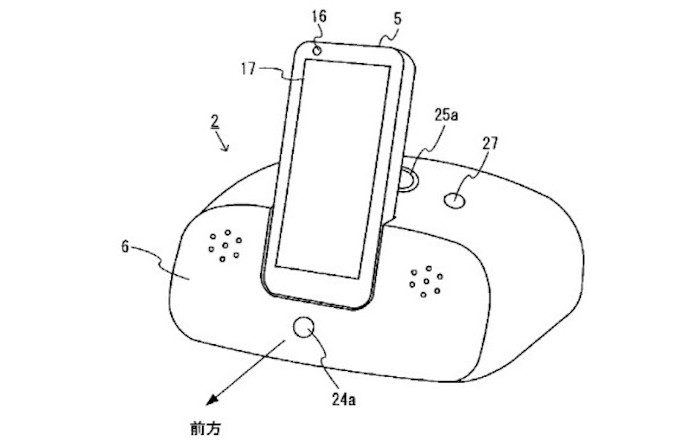
Device scores daily sleep quality
Nintendo has filed a patent for a device that scores one’s sleep quality each day. A user’s weight, pulse and movement information, as well as room temperature and humidity, are gathered. A microphone, camera, thermometer and other sensors calculate a sleep score that will be projected onto the ceiling. The abstract describes sensors that assess emotions,…
-
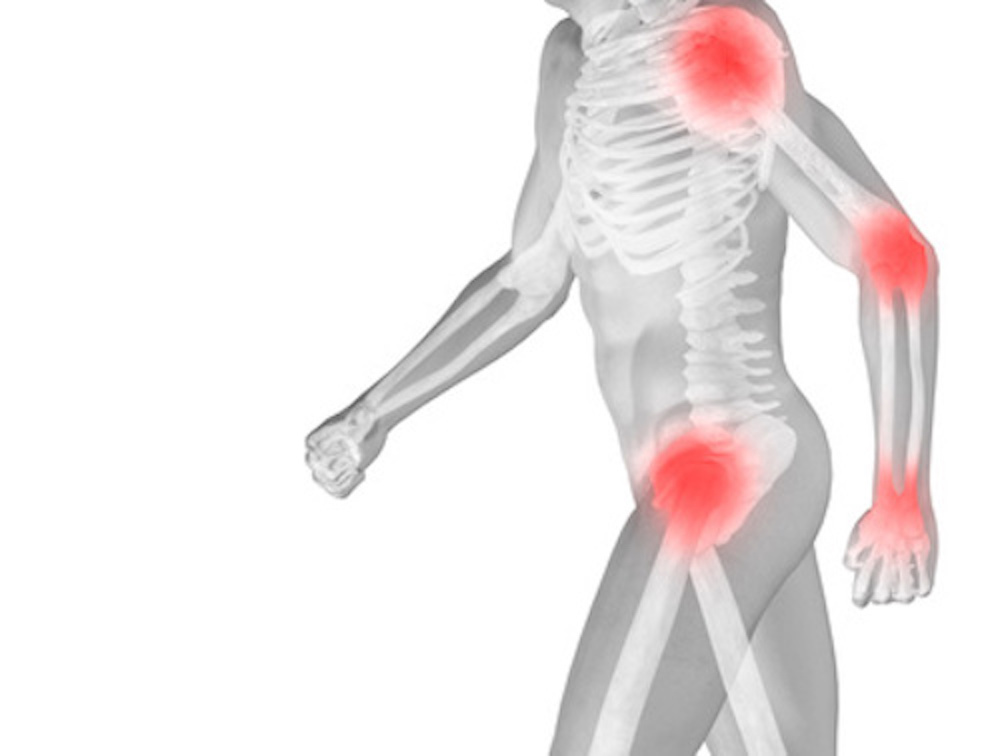
“Smart” drug targets site-specific inflammation
Ben-Gurion University‘s Peleg Rider has developed a drug that targets inflammation in a site-specific manner. This could improve the body’s ability to fight infection and reduce side effects. When injected, it is a non-active drug. A localized site with excessive inflammation will activate it. Other anti-inflammatory agents inhibit inflammatory processes throughout the body, including sites of…
-
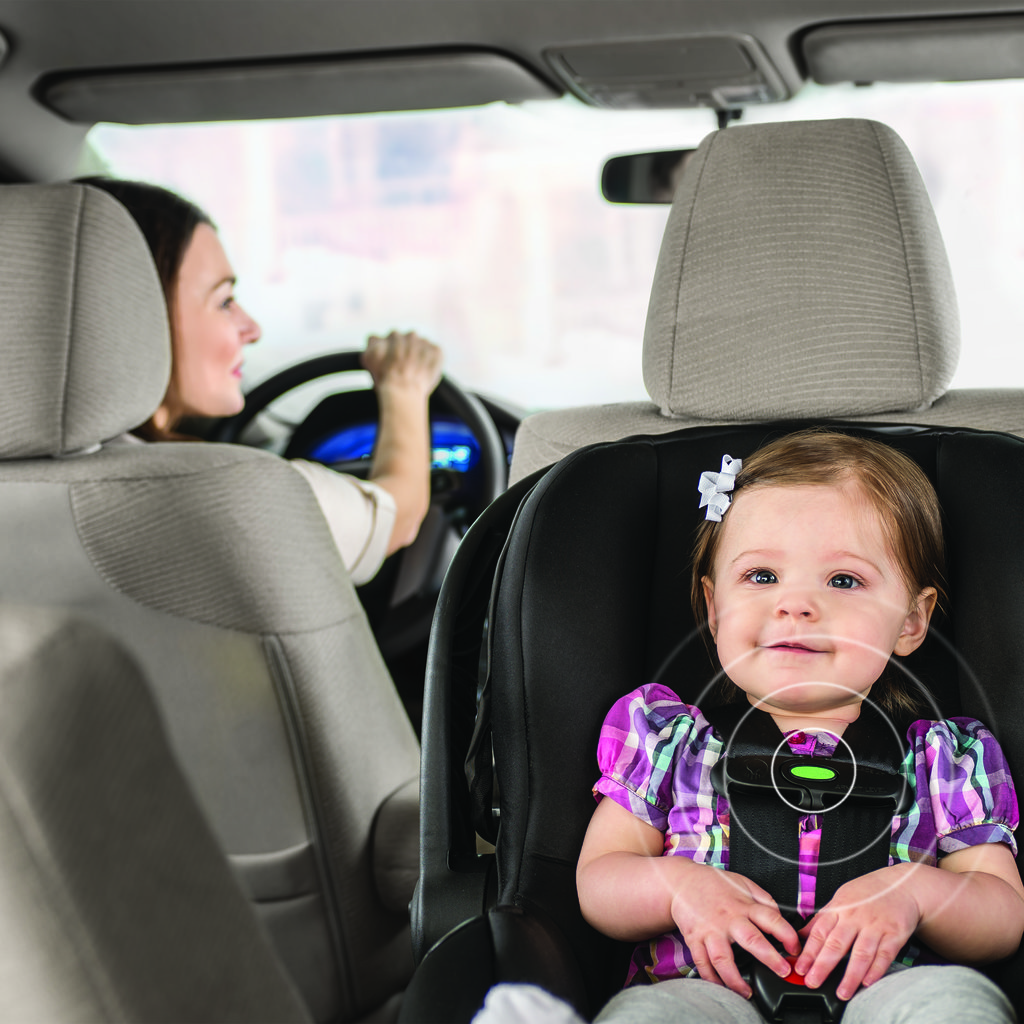
Simple sensor to prevent car-heat related deaths
All too often we hear about a baby, or person who is unable to speak for him/herself, being left in a hot car, and dying. ApplySci applauds Evenflo for creating a car seat with a very simple notification sensor that could prevent this. The Embrace DLX seat, with SensorSafe technology, generates a series of tones when a…
-
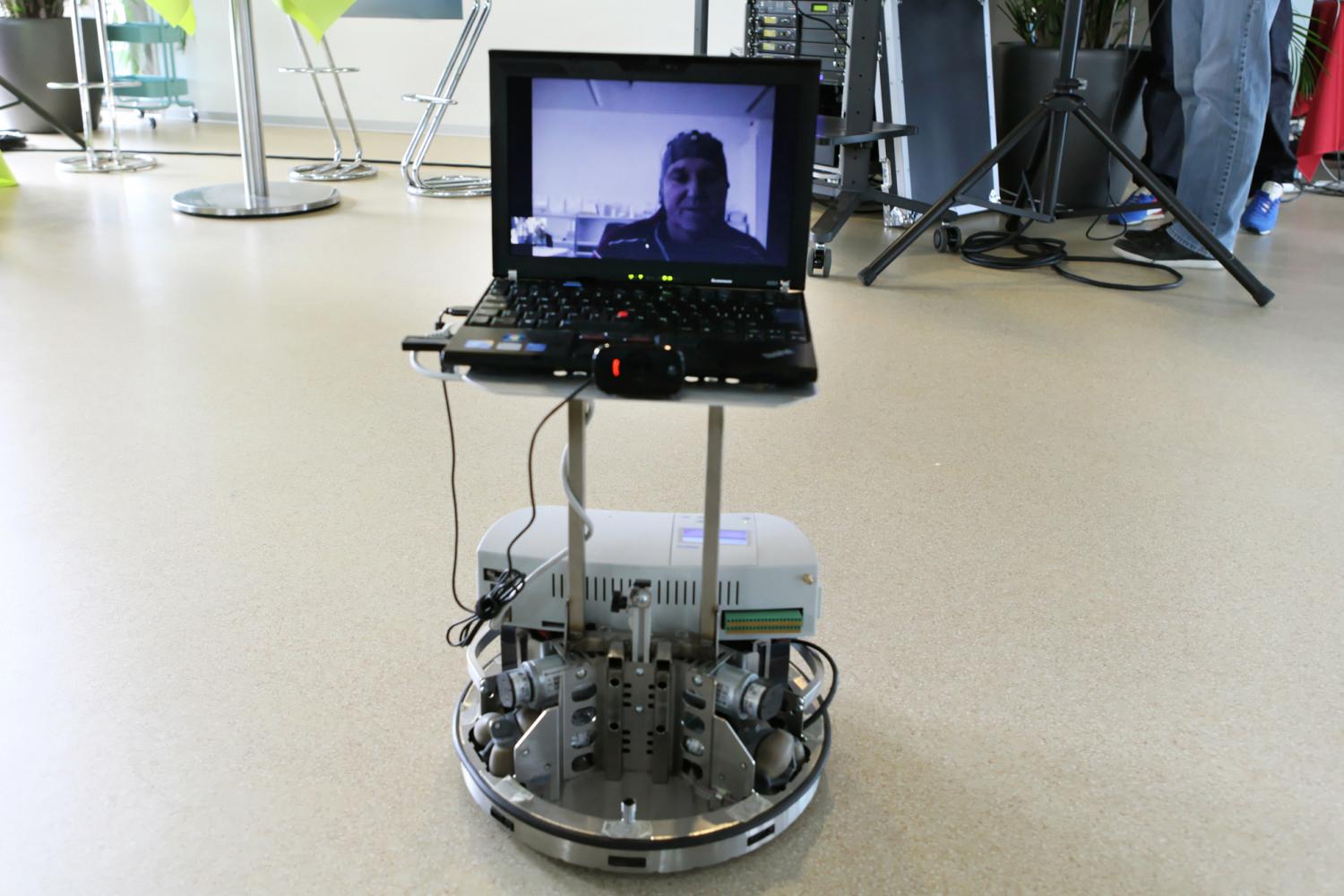
Thought controlled telepresence robot
EPFL‘s José del R. Millán is developing a brain-computer interface that allows those with paralysis or limited mobility to control telepresence robots. The goal is for the robot to assist the disabled with daily tasks, helping restore a feeling of independence. 9 disabled people, and 10 people without disabilities, from 3 countries, wore hats with…
-
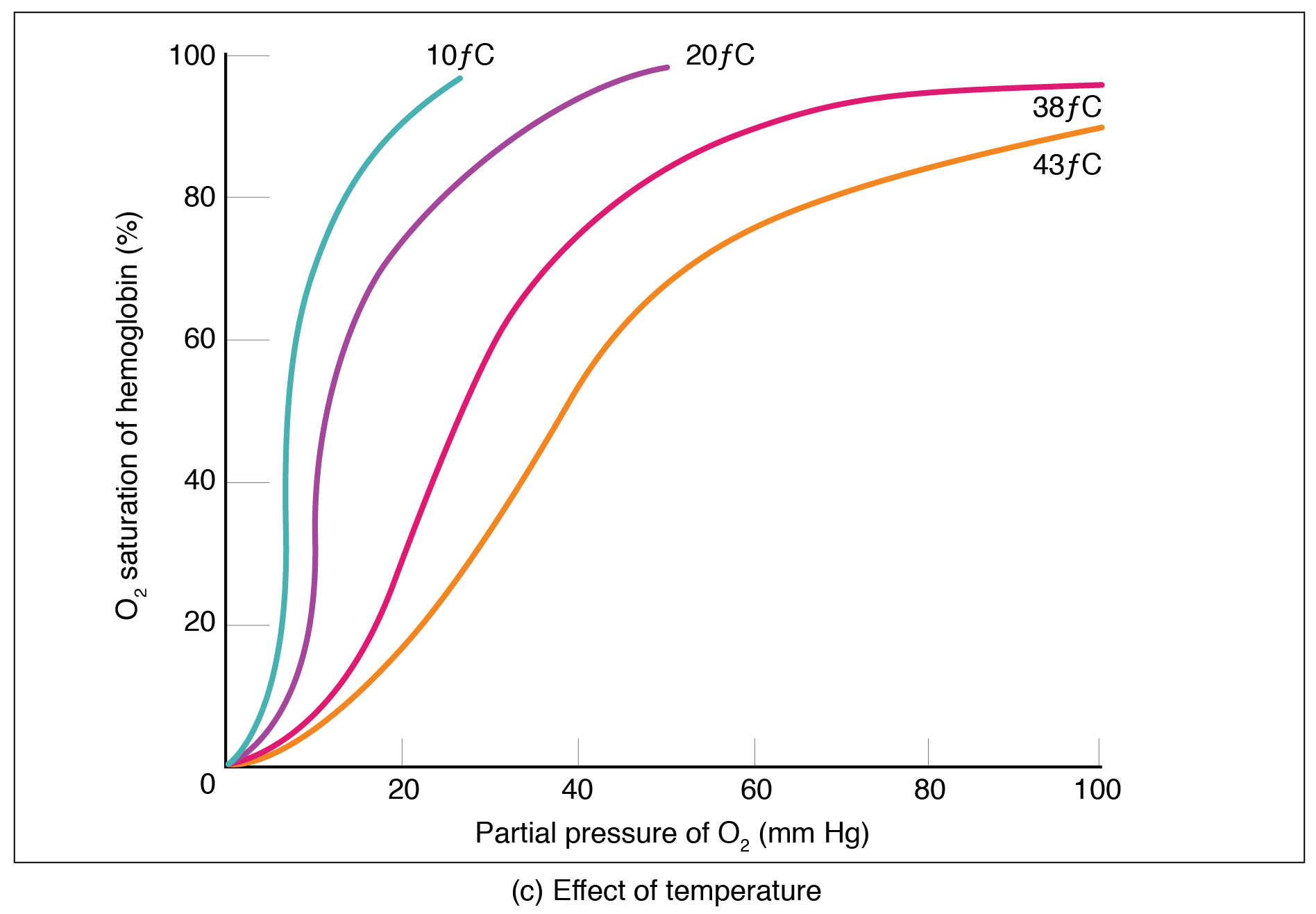
Phone sensors measure oxygen saturation with out pulse oximeter
MoveSense allows oxygen saturation to be monitored by phone sensors with what its developers describe as medical accuracy. A mobile phone must be carried in one’s pocket, and no pulse oximeter is required. The technology was developed by Bruce Schatz at the University of Illinois. In a study, patients wore pulse oximeters (for comparison) and carried phones…
-
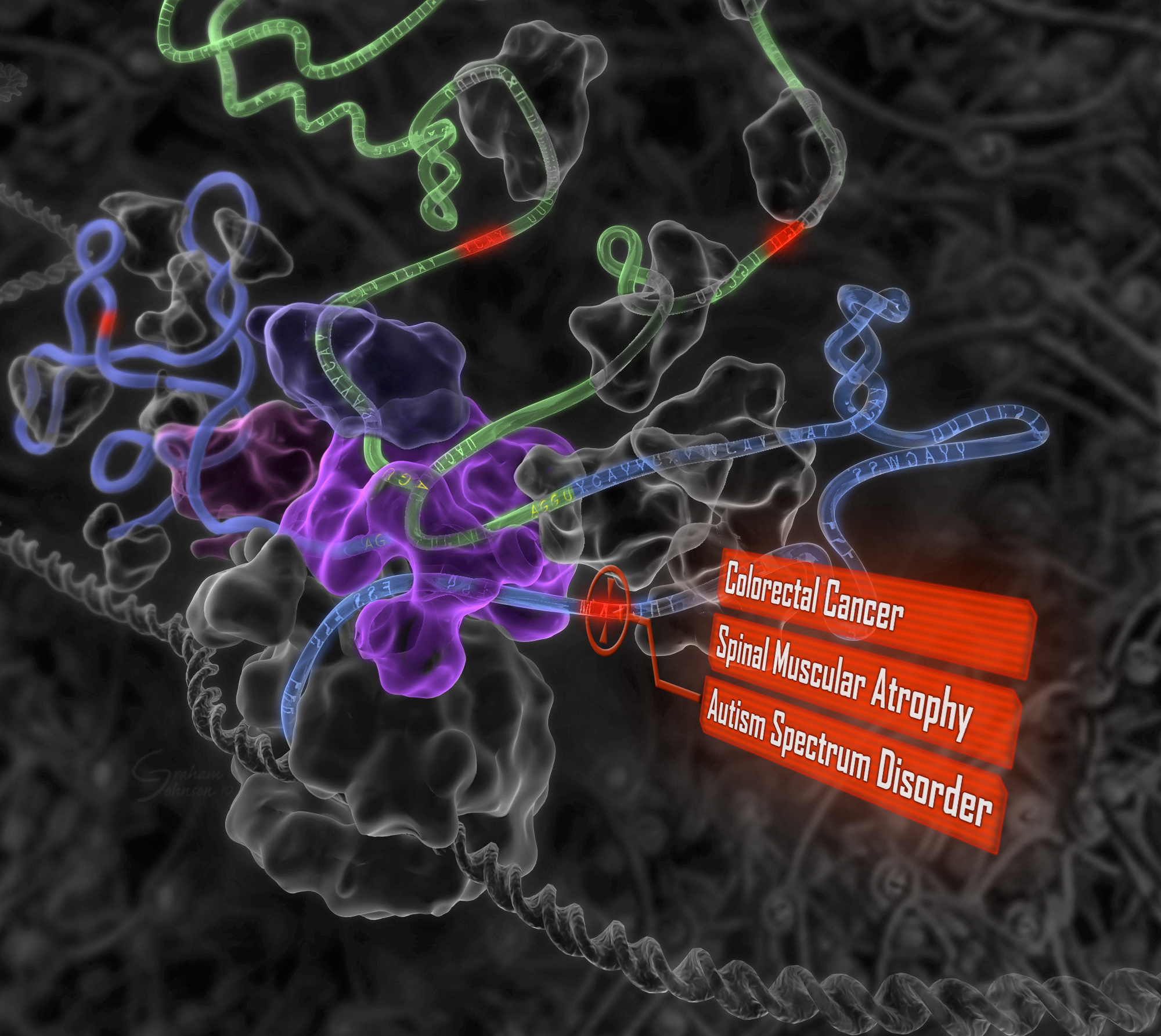
Deep learning meets genomics
University of Toronto professor Brendan Frey has used deep learning principles to create algorithms that look at the pattern of mutations in an individual’s DNA. The system then makes inferences about how the patterns affect the operation of different types of cells in the body. His company, Deep Genomics, will use the predictive algorithms to “prioritize,…